
The energy of the home is generated via solar panels and traded with an electricity retailer. The amount of electricity bought and sold each year balances out to achieve zero energy.
One of the main reasons behind their choice to build the Zero Energy House was the long-term cost of electricity, which is estimated to be between $50,000 and $80,000 over a 25-year mortgage term.
Creating a Zero Energy home is more cost effective than the accumulation of power bills and it means that Jo and Shay won't have to worry about fluctuating power prices in the future.
Achieving zero energy is made even easier by reducing energy demand. The average Auckland house consumes 35% of its energy in heating. Jo and Shay's house has been designed and built to eliminate the need for heating or cooling, which means they can generate about 35% less energy.
As well as designing for zero energy, Jo and Shay paid close attention to the products and materials used within their home. They selected products that are healthy to live with and are manufactured, used and disposed of with minimal environmental impact.
One of the most important materials for heat regulation and energy efficiency is insulation.
Jo and Shay chose GreenStuf insulation because:
- It's made from 100% polyester fibre, bonded using heat instead of traditional chemical binders. This makes it non-toxic, non-irritating, and non-allergenic, which is better both during installation and after they move in
- It is extremely durable and comes with a 50 year product durability warranty
- It is endorsed by Asthma New Zealand
- It is made from a minimum of 45% recycled plastic bottles and is fully recyclable, meaning no waste
- Because it's polyester, it doesn't need treatment during manufacturing to keep moisture out
- There are no issues with wiring around it, compared with polystyrene insulation
- Timber Framing Design allows for Double Insulation layer
Maximising thermal and acoustic performance was a big part of their decision to use GreenStuf, and because it's safe and easy to use, they could install it themselves with the help of friends and family. They used a clever double insulation layer of GreenStuf R2.0 Wall Pads and R1.0 Masonry Wall Blanket in the walls. GreenStuf R3.2 and R2.5 Thermal Roll Form was used in the ceiling as well as acoustic Sound Solution throughout.
The wall framing in the Zero Energy House is a little different. The nogs between the studs have been removed and replaced with supporting battens that run along the inside of the wall. Taking out the nogs allows insulation to be run uninterrupted the full height between the studs. With standard framing, panels of insulation would be placed between each nog. Timber is a 'thermal bridge' that allows heat to travel outwards from the house; removing the nogs reduces this thermal bridging, increasing the insulation properties of the walls. This framing design also allows a second layer of insulation to be installed between the supporting battens. This not only provides a thicker overall insulation layer, it also lays insulation over the studs — which reduces the thermal bridging effect even more.
At the Zero Energy House, the reduction in thermal bridging and use of double insulation layers have enabled Jo and Shay to achieve a 50% increase in insulation levels above minimum building code requirements. When they considered the cost of heating their home for 25 years, Jo and Shay felt a little more insulation was well worth it.











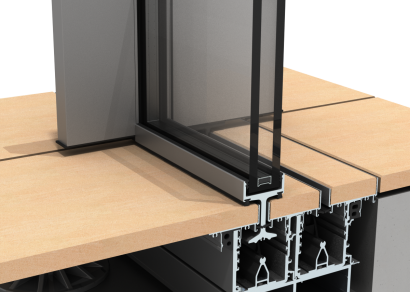

 Product News
Product News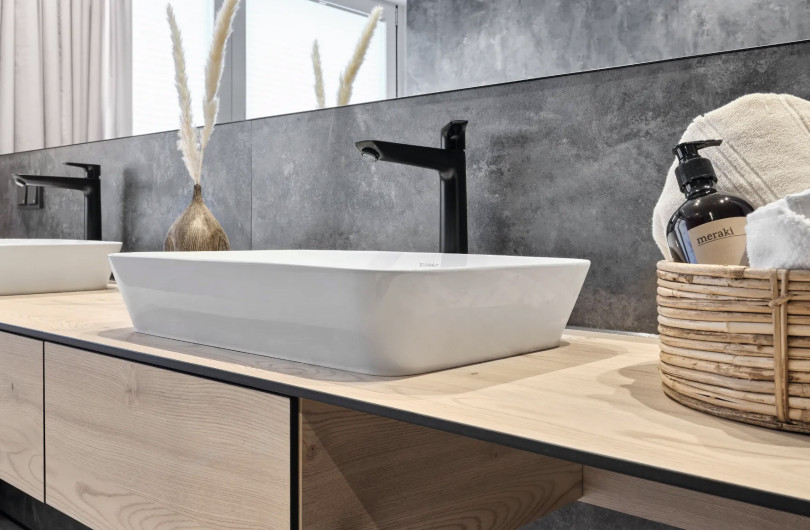
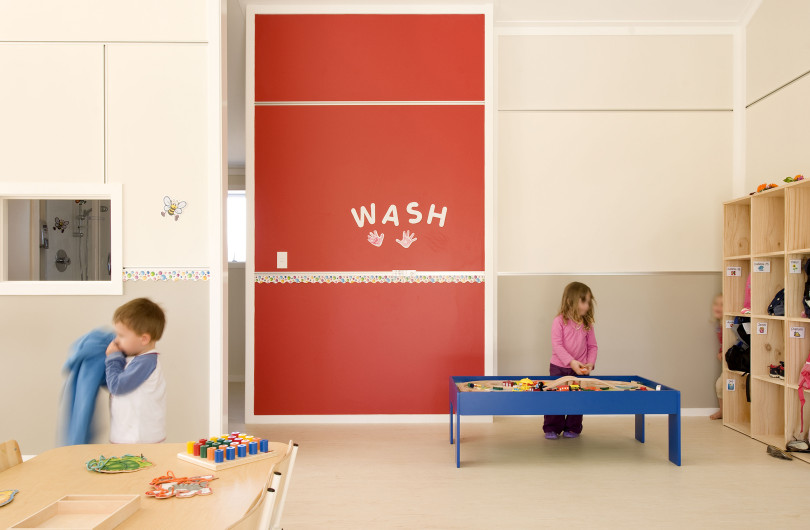




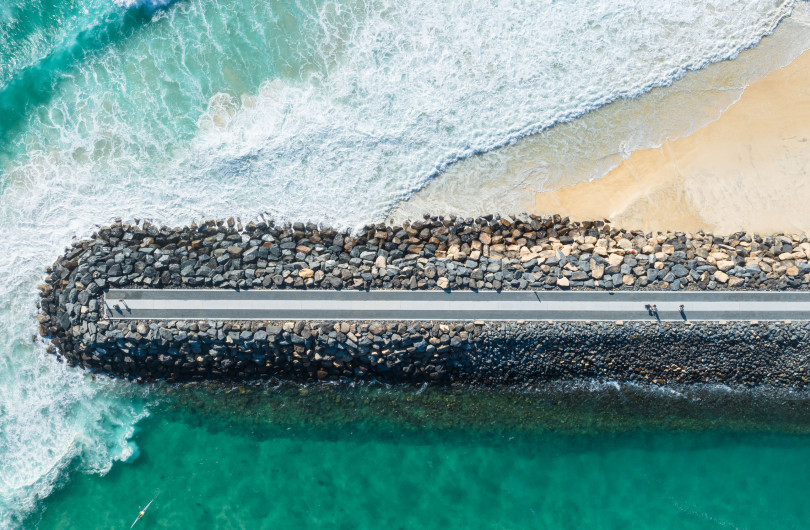


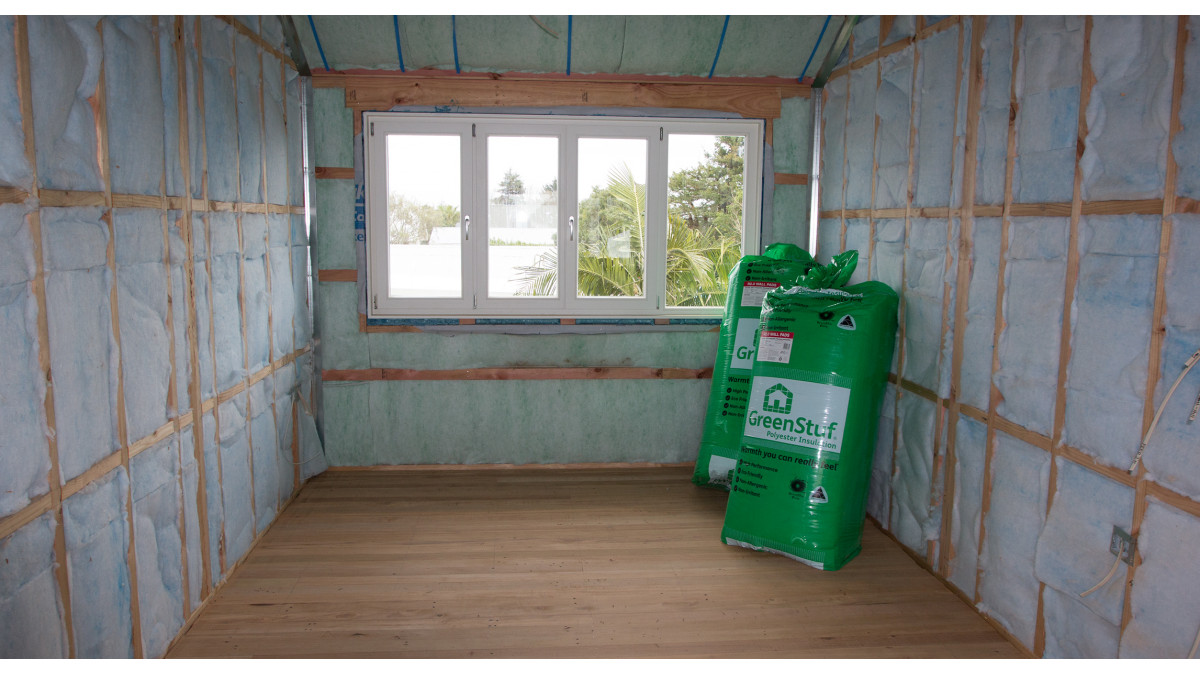

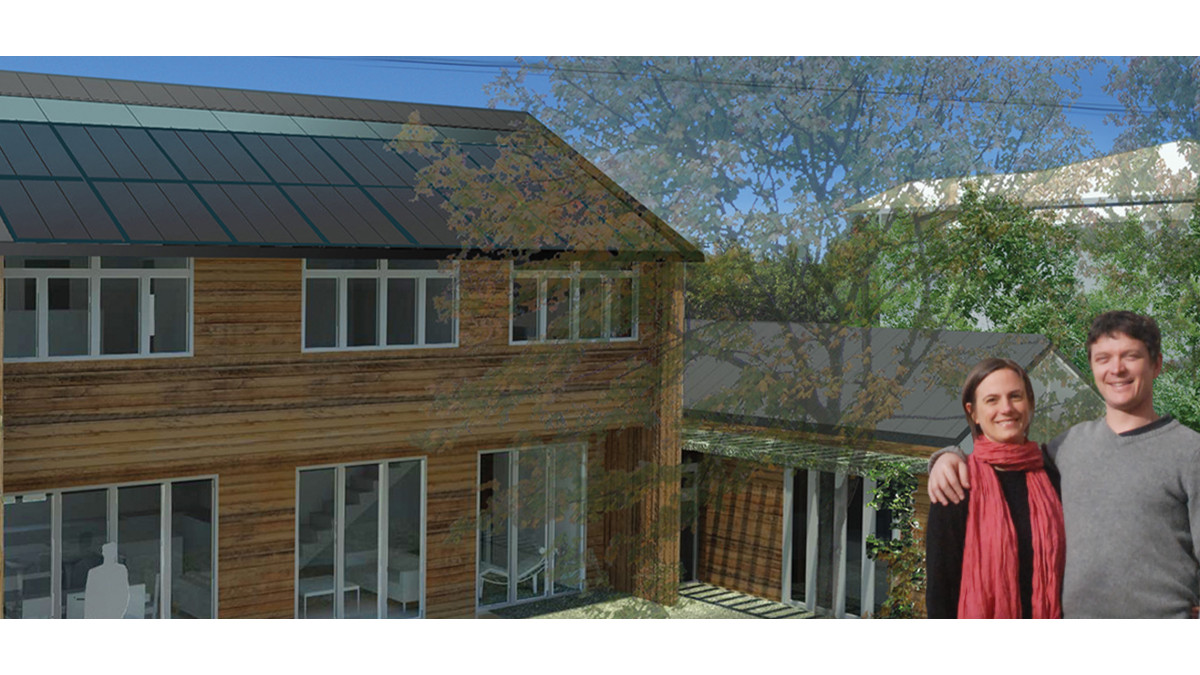





 Popular Products from Autex Acoustics
Popular Products from Autex Acoustics


 Most Popular
Most Popular


 Popular Blog Posts
Popular Blog Posts
